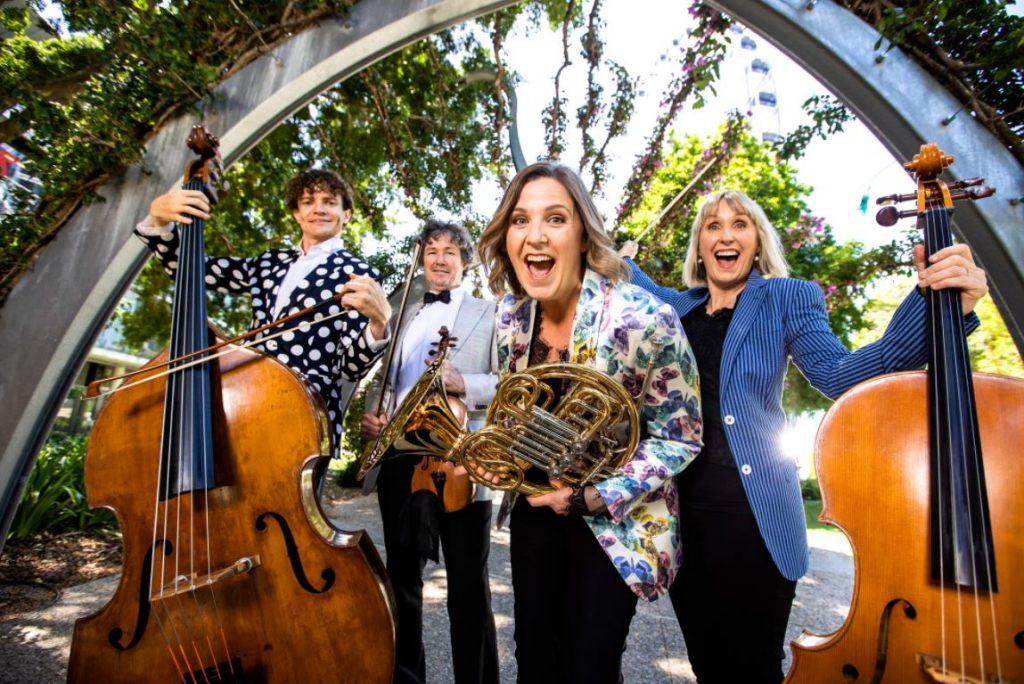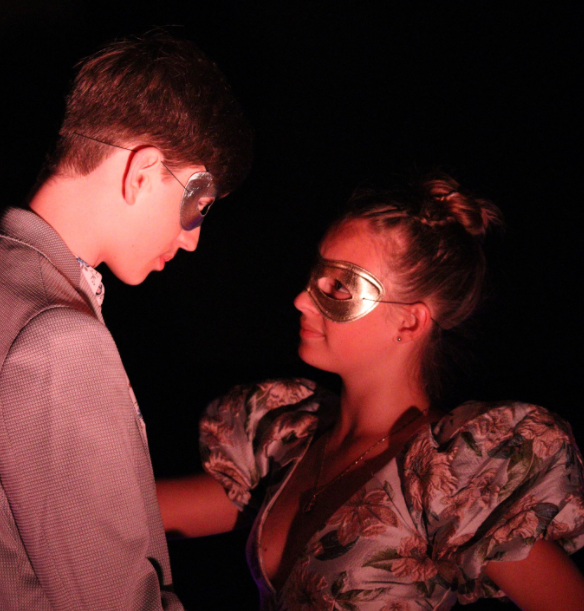
Researchers use Artificial Intelligence to Create Theatre
Researchers at Charles University, Švanda Theater, and the Academy of Performing Arts in Prague have embarked on an ambitious project aimed at merging robotics and artificial intelligence (AI) with theater. Their goal is to develop a play written entirely by a machine. The performance, which is set to premiere in January 2021, will mark the 100-year anniversary of the play R.U.R. by Karel Čapek and Josef Čapek, which first introduced the term “robot” to the world.
The project, which is still in its early days, is using a combination of AI and hierarchical generation to produce the script. The team began by experimenting with a pre-trained language model known as GPT-2. The model was fed with a few lines from the script, and it generated further lines in a similar style and covering the same topic. This approach allowed the researchers to utilize the powerful GPT-2 model trained on a large amount of online English texts, without needing to train a new model from scratch.
While the initial results using GPT-2 were promising, the team is now working on fine-tuning the model by training it on existing theater scripts. The researchers are also using a human-in-the-loop approach, meaning that all computer-generated art is touched and retouched by humans in some way. This approach ensures that the machine’s work is transparent, making cooperation between humans and machines an integral part of the system design.
The use of AI in the creation of art is not new, with previous research focusing on machine-generated music, poetry, and paintings. However, the creation of an entire theatrical performance by a machine is a complex task that has rarely been attempted before. The research project, therefore, presents a unique opportunity to explore the potential of AI in the performing arts.
The project is not without its challenges, as the team must develop a script that is both engaging and coherent while ensuring that it is appropriate for performance by a professional theater group. However, the team is optimistic and believes that their project will result in a compelling and innovative theatrical performance.
Photo by Brett Jordan on Unsplash






